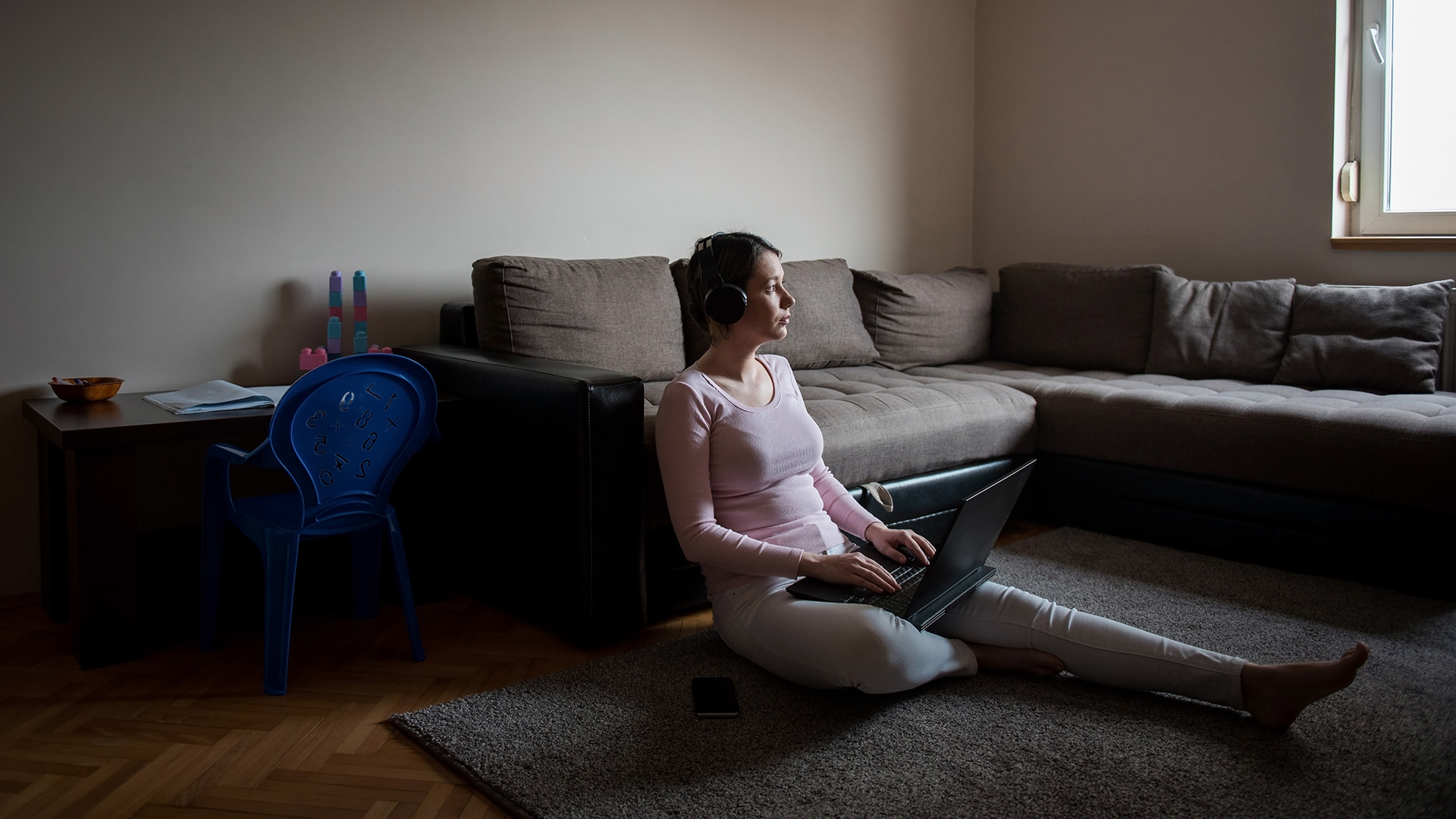Key Results
- A new Indeed survey finds that many job seekers don’t express a sense of urgency about finding a new job, but say they are likely to pick up the search for work in the months ahead.
- The vast majority of job seekers want a new job in the next three months, but even among those who say their job searches are urgent, more than 20% don’t want to start a new position immediately.
- Many unemployed workers say increased vaccination against coronavirus, shrinking savings, and the opening of schools in the fall will be key catalysts for stepping up their job searches.
Where are all the job seekers? That’s the question on the lips of employers, economists, and any casual observer of the US labor market. Demand for workers is at historic levels, with over 9 million job openings at the end of April. Indeed job postings signal that business hiring appetite has only grown since then. At the same time though, joblessness remains elevated, with employment down more than 7 million jobs from pre-pandemic levels. Job seekers simply aren’t snapping up all these jobs.
To help explain these developments, the Indeed Hiring Lab surveyed 5,000 people in the US, ages 18-64. The sample included individuals both in and out of the labor force, and both employed and jobless workers. The results show that many of the unemployed don’t feel they need to find a job right away, but do want to return to work sometime in the next three months.
Coronavirus is a major factor keeping unemployed workers from stepping up their search activity. Among the unemployed, concern about COVID-19 is the most commonly cited reason for a lack of urgency in looking for work. In the eyes of many job seekers, vaccination against the virus — for themselves, family members, coworkers, and customers — is a key milestone to be reached before they will be ready for a new job.
What’s more, unemployed workers seem more patient than they otherwise might have been thanks to the financial cushions of savings, employed spouses, and enhanced unemployment insurance (UI) benefits. Care responsibilities at home are also a big impediment to more intense job search. Thus, the widespread return of in-person schooling in the fall may spur greater intensity in the job hunt.
Hiring Lab will keep an eye on these trends in the months ahead as we continue to poll job seekers about their job searches and plans for the future.
Many job seekers are in no rush to start work immediately
There’s an urgency mismatch in the US labor market at the moment. Many employers want to staff up quickly in order to seize the opportunities afforded by the reopening US economy. But many workers don’t feel the same way. In fact, only about 10% of survey respondents said they were urgently looking for a job.
Part of the mismatch is that most job seekers already have a job and are searching for work at a more relaxed pace. Workers with jobs are much more likely to look for work passively. They’re open to getting a new job, but they’re not actively seeking one.
Yet, even some of those urgently searching for jobs don’t want to hop into one right away. More than 20% of urgent job seekers reported they didn’t want to take a new position immediately. This group is much larger among those searching without urgency — some 52% of respondents not in a rush said they wanted to defer a new job at least a month. In total, 31% of all job seekers don’t want to start a job right away.
Financial security and lingering pandemic fears partly explain lack of urgency
Why are so many unemployed workers feeling less need to jump into a job right now? Among the unemployed, fear about going to workplaces in-person while COVID-19 is still with us is the most commonly cited reason for not searching urgently.
At the same time, a sense of financial security is allowing some unemployed workers to be patient. Enhanced UI benefits are helping here, but spousal earnings and household savings appear to be bigger factors.
COVID-19 concerns are higher among unemployed workers without college degrees. Job seekers in that category are more likely to end up in jobs that require extensive person-to-person contact. UI payments also appear to reduce urgency more among those without degrees. By contrast, support provided by an employed partner is a stronger factor among unemployed people with more education.
Vaccination, the end of enhanced UI, and the return of school are key milestones
Unemployed workers also cited milestones that must be reached before they would want to start work, such as reopening of schools or more job choices. Job seeker responses to this question suggest that unemployed workers are likely to feel greater urgency in the months ahead.
Increased vaccination means that not only will more job seekers themselves be vaccinated, but so will potential coworkers and customers. At the same time, federal enhanced UI benefits will wind down in early September. And the fall will be when more children will return to school and the summer vacation season will have passed.
These milestones differ by education. Increased vaccinations is among the most frequently cited milestones for both groups, but it’s the most common among those with at least a college degree. The end of enhanced UI payments and depletion of savings appear to be bigger sources of impetus for unemployed workers without degrees. The overall trend for both groups is that job seekers might be delaying taking positions, but the deferral seems short-lived.
Conclusion: Urgency may pick up in the fall
Many employers want to ramp up hiring quickly, but a large portion of job seekers are hesitant to start jobs now. Thus, job search this summer may continue to be sluggish, but the lack of urgency appears to be temporary. The further decline of COVID-19, the end of enhanced UI, and the return of school in the fall are factors that could increase the intensity of job searches by the unemployed.
Methodology
This blog post is based on an Indeed online survey conducted May 26-June 3 of 5,000 US adults 18-64. Weights were applied to each survey to match respondent distributions across age, educational attainment, race/ethnicity, and sex with the 2020 Current Population Survey’s Annual Social and Economic Supplement.
We define unemployed workers as those who are jobless and actively searching for paid work, either urgently or not urgently. Respondents who are jobless but only passively looking for work or not open to work are not included in the unemployed category, but are considered out of the labor force.






